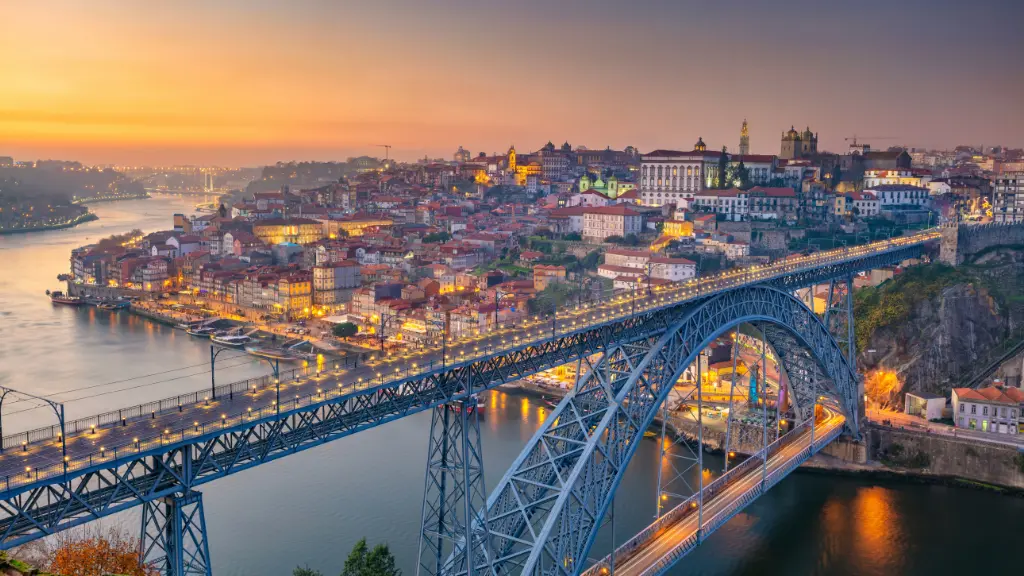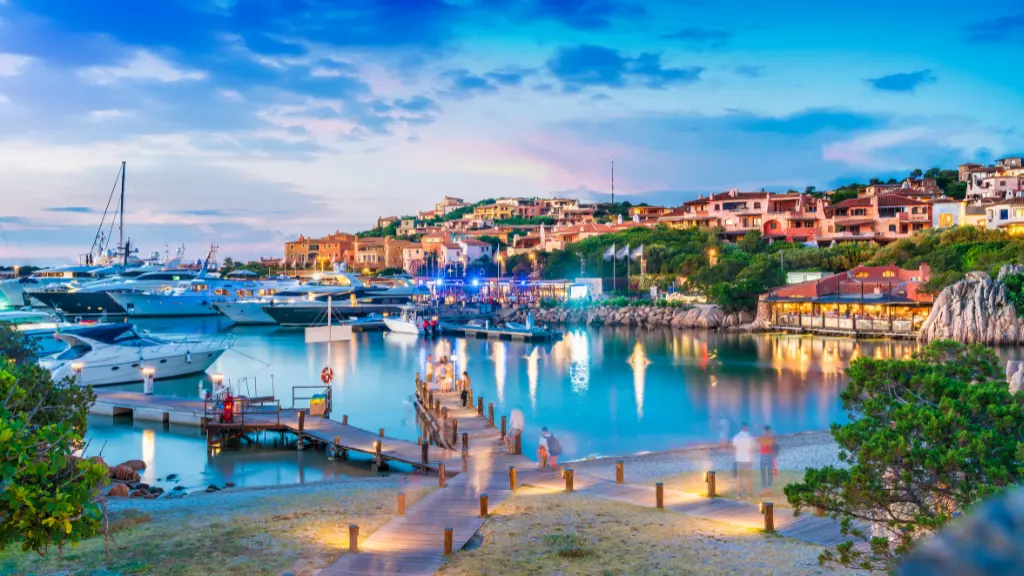Porto, Portugal’s second-largest city, is a charming mix of history, culture, and stunning landscapes. While its cobblestone streets and hilly terrain can be challenging, the city offers various transportation options to suit every traveler’s needs.

Here’s a detailed guide on getting around Porto with ease.
You May Also Like: Work Smarter, Not Harder: Align Your Life with Your Menstrual Cycle

1. Walking Around Porto
Porto is a walker’s dream. Its compact size makes it ideal for exploring on foot.
- Best Areas for Walking: Ribeira, the historic center, and Avenida dos Aliados.
- Challenges: Hilly terrain and cobblestone streets. Wear comfortable shoes!
- Tip: Use walking to discover hidden gems like local cafes and boutique shops.
Walking also allows you to take in Porto’s stunning architecture, from the Livraria Lello bookstore to São Bento Railway Station.
2. Porto’s Historic Trams
Porto’s vintage trams are not just transportation—they’re an experience.
- Routes to Try:
- Line 1: Runs along the Douro River, perfect for scenic views.
- Line 18: Connects Massarelos to Carmo, ideal for city exploration.
- Line 22: A circular route through the city center.
- Tickets: Can be purchased onboard but are cheaper with an Andante card.
- Best for: Tourists who want a nostalgic journey.
The trams are a great way to step back in time while enjoying the city’s sights.
3. Metro System
Porto’s metro is efficient, clean, and easy to navigate.
- Lines: Six lines (A-F) cover the city and surrounding areas.
- Airport Connection: Line E connects the airport to the city center.
- Tickets: Use the Andante card for convenience.
- Operating Hours: Runs from 6:00 AM to 1:00 AM.
The metro is perfect for reaching areas outside the main tourist spots, like Matosinhos Beach.
4. Buses in Porto
Porto’s bus network complements the metro system.
- Operator: STCP (Sociedade de Transportes Colectivos do Porto).
- Coverage: Extensive routes, including areas the metro doesn’t reach.
- Tickets: Available onboard or via the Andante card.
- Special Routes: Hop-on-hop-off buses for sightseeing.
Buses are reliable but may face delays during peak hours.
5. Taxis and Ride-Sharing
If you prefer direct routes, taxis and ride-sharing services like Uber are great options.
- Taxis:
- Available at stands or can be flagged down.
- Meters are used, but confirm rates for longer trips.
- Uber: Often cheaper than traditional taxis and widely available.
- Tip: Use ride-sharing for late-night travel or trips to less accessible areas.
Taxis and Ubers provide a comfortable way to navigate Porto, especially if you’re avoiding steep hills.
6. Driving in Porto
Driving can be convenient but challenging.
- Pros: Ideal for day trips to Douro Valley or nearby towns.
- Cons: Narrow streets, limited parking, and heavy traffic in the city center.
- Car Rentals: Available at the airport and in the city.
- Tip: Avoid driving in the historic center; park outside and walk or use public transport.
Driving is best for exploring areas outside Porto’s main attractions.
7. Boat Tours on the Douro River
Experience Porto from the water.
- Types of Tours:
- Traditional Rabelo boats.
- Modern cruise ships.
- Duration: Options range from one-hour tours to full-day excursions.
- Highlights: Stunning views of the city’s bridges and riverside landmarks.
A boat ride offers a unique perspective and is a must for visitors.
8. Bikes and Scooters
Eco-friendly and fun, bikes and scooters are becoming popular in Porto.
- Bike Rentals: Available at shops near the Douro River.
- Electric Scooters: Apps like Lime offer easy rentals.
- Best Areas: Flat paths along the river or parks.
While bikes are great for exploring the waterfront, scooters are handy for short trips.
9. Funicular dos Guindais
This funicular connects Ribeira to Batalha Square, making steep climbs easy.
- Tickets: Included in the Andante card or purchased separately.
- Tip: Take it for stunning views of the Douro River.
The funicular is both practical and scenic.
10. Andante Card: Your Key to Public Transport
The Andante card simplifies travel across Porto’s public transport system.
- Where to Buy: Metro stations, convenience stores, and kiosks.
- Types:
- Andante Azul: Rechargeable for occasional trips.
- Andante Tour: Unlimited travel for one or three days.
- Validity: Works on metro, buses, trams, and suburban trains.
Using an Andante card saves money and time.
Tips for Navigating Porto
- Plan Ahead: Use apps like Google Maps for real-time directions.
- Check Schedules: Transport timings vary, especially on weekends.
- Stay Flexible: Walking and public transport often complement each other.
Conclusion
Porto offers a mix of traditional and modern transportation options to explore its vibrant streets and scenic landscapes. Whether you’re walking through the historic center, riding a vintage tram, or cruising on the Douro River, getting around Porto is an adventure in itself. Choose the option that suits your style and enjoy discovering this beautiful city.
Call to Action:
What’s your favorite way to explore Porto? Share your tips and experiences with #VisitPorto or plan your journey today!











[…] You May Also Like: How to Get Around Porto […]